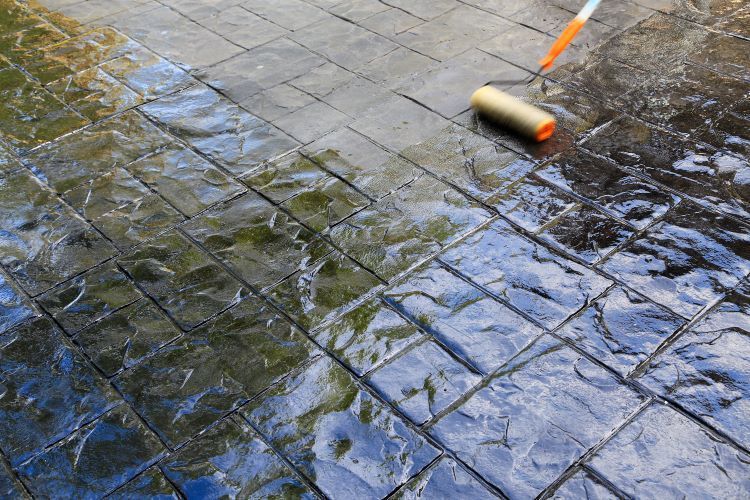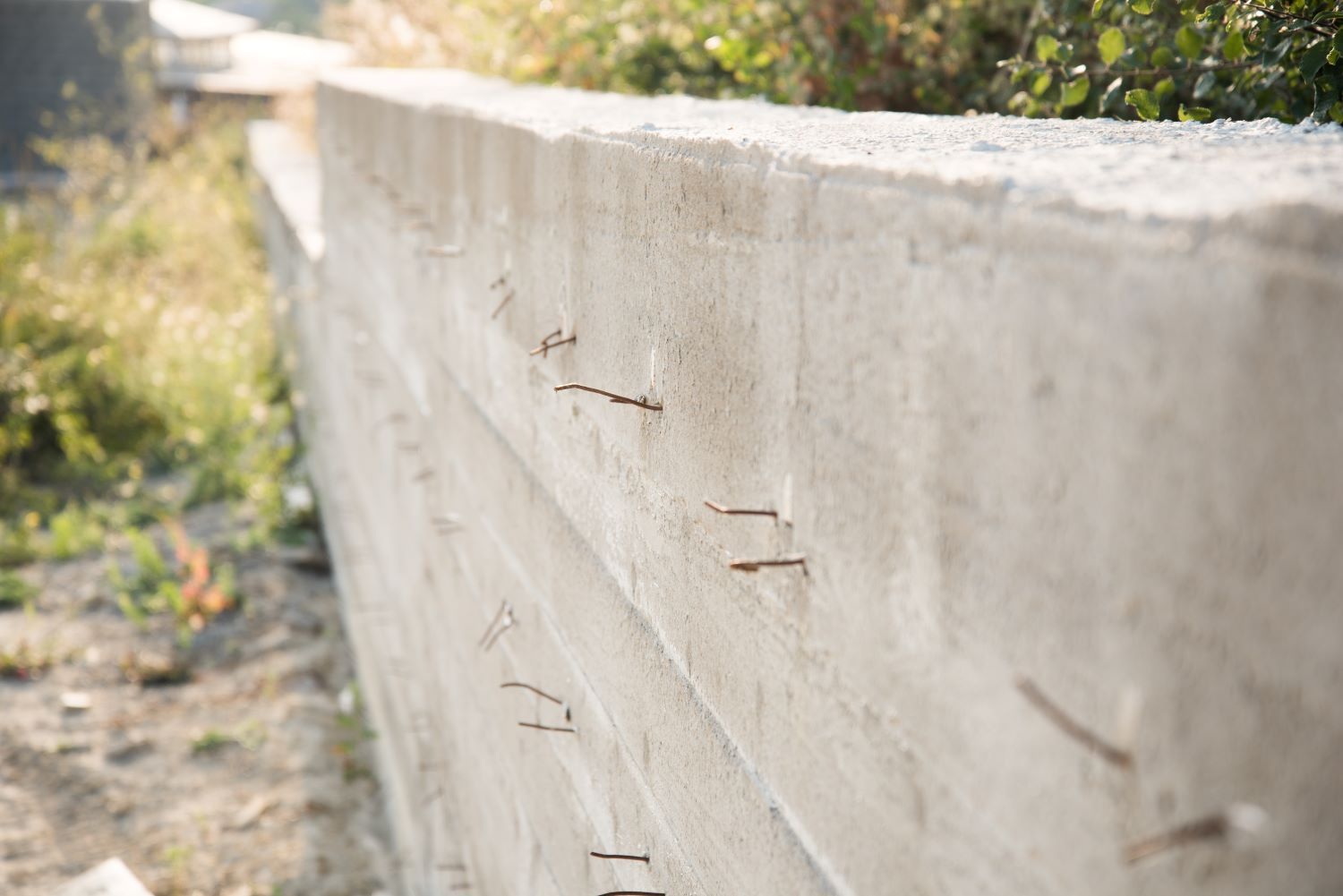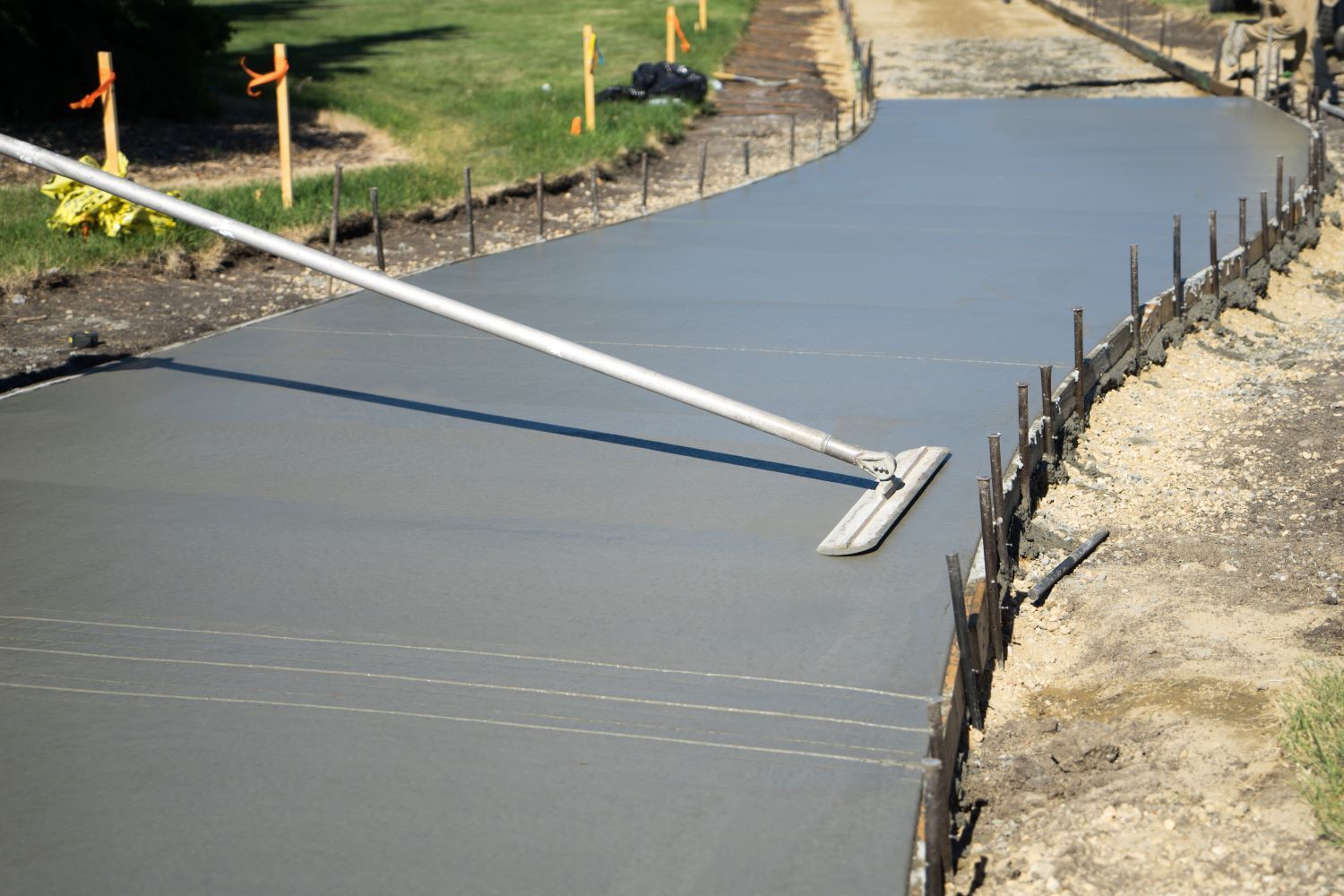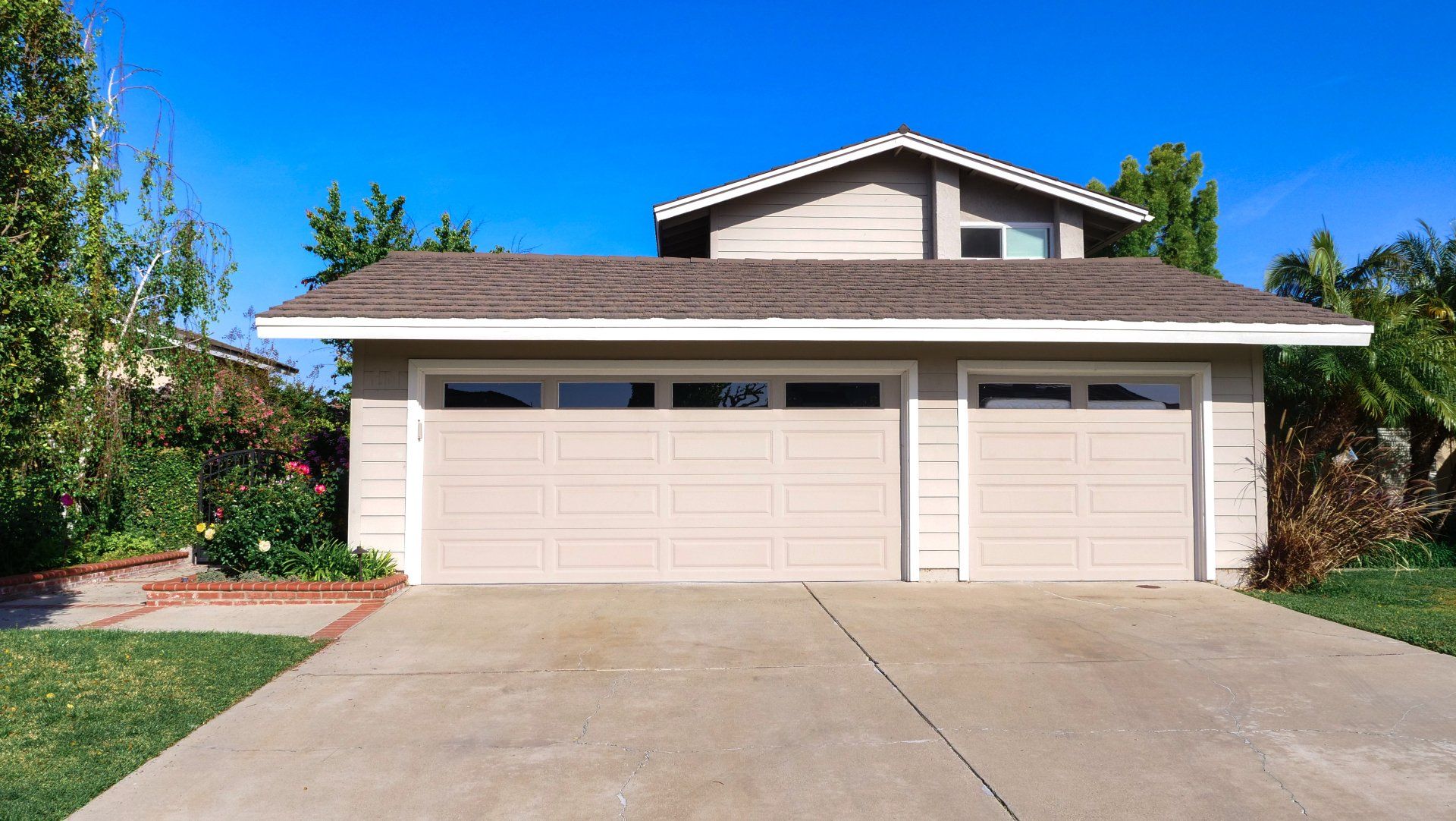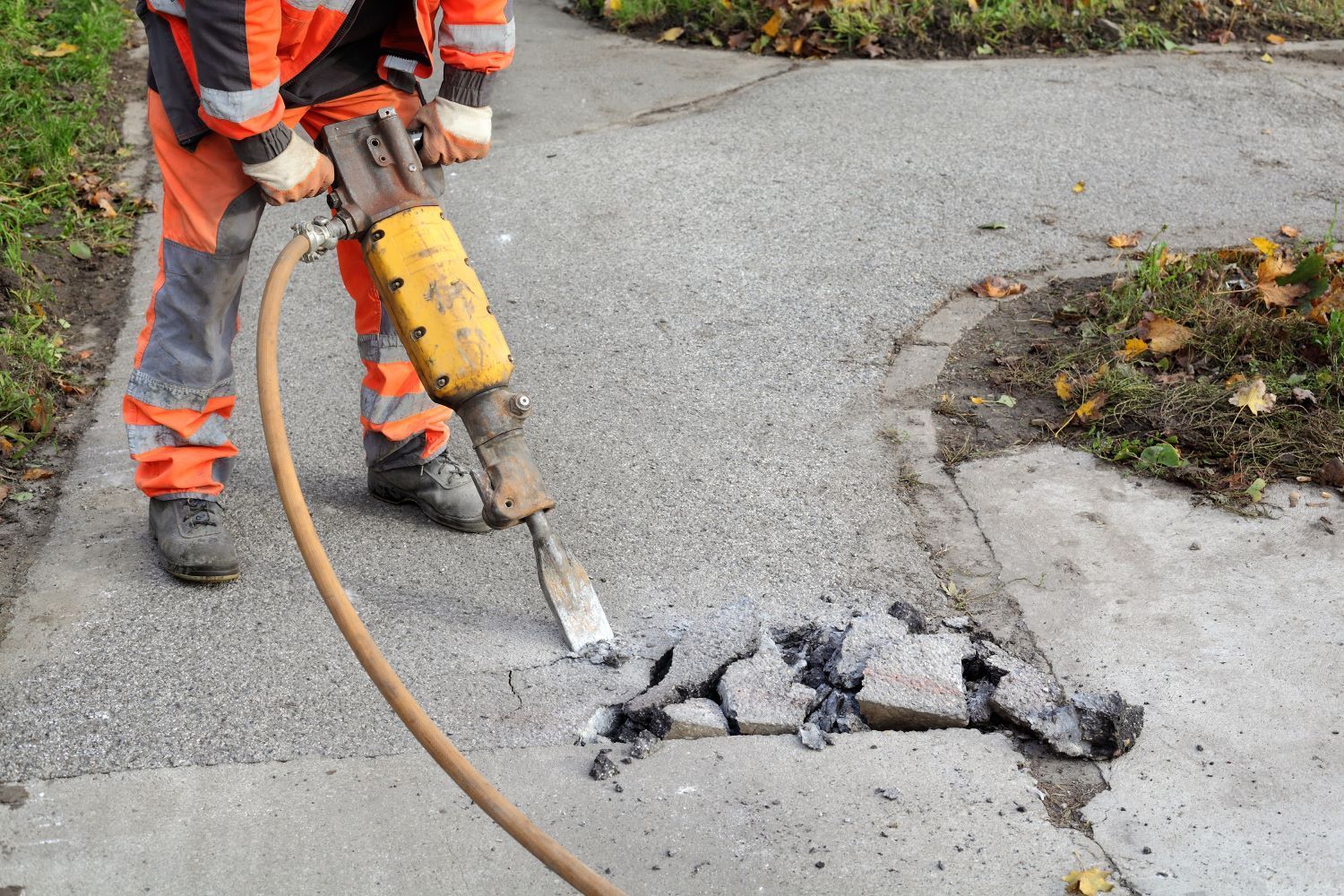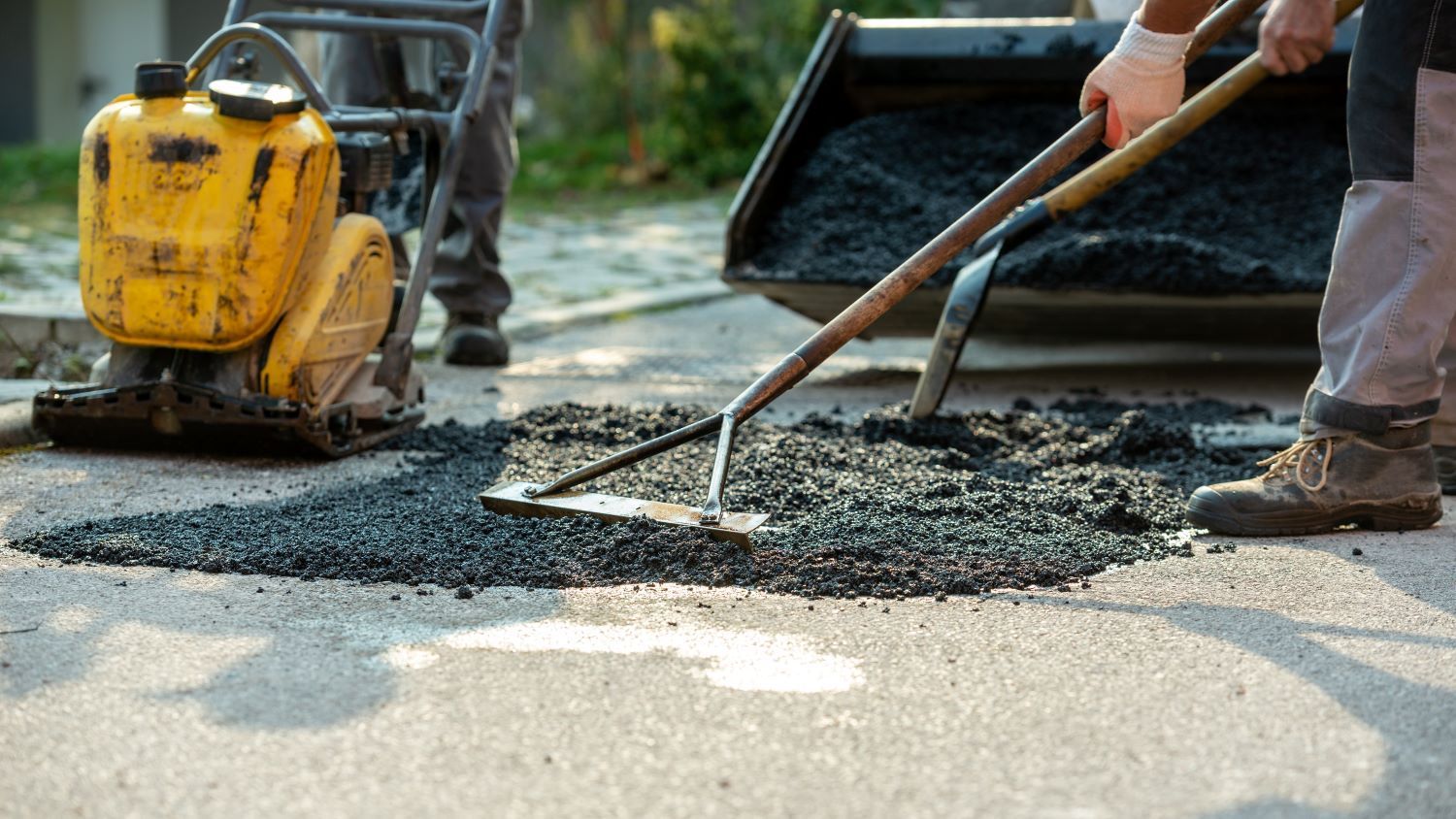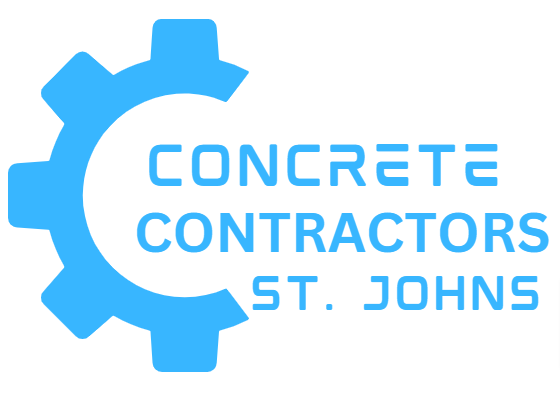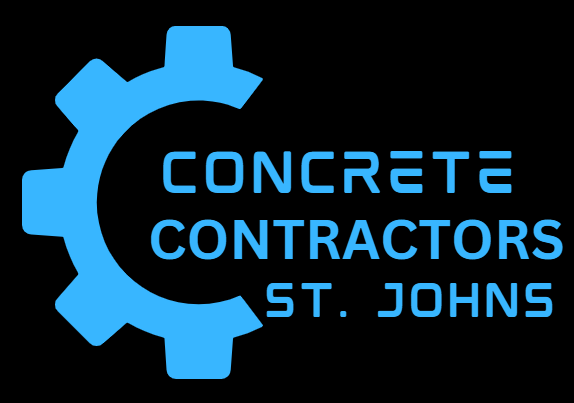How to Build a Level Concrete Pad for Outdoor Furniture or Gazebos
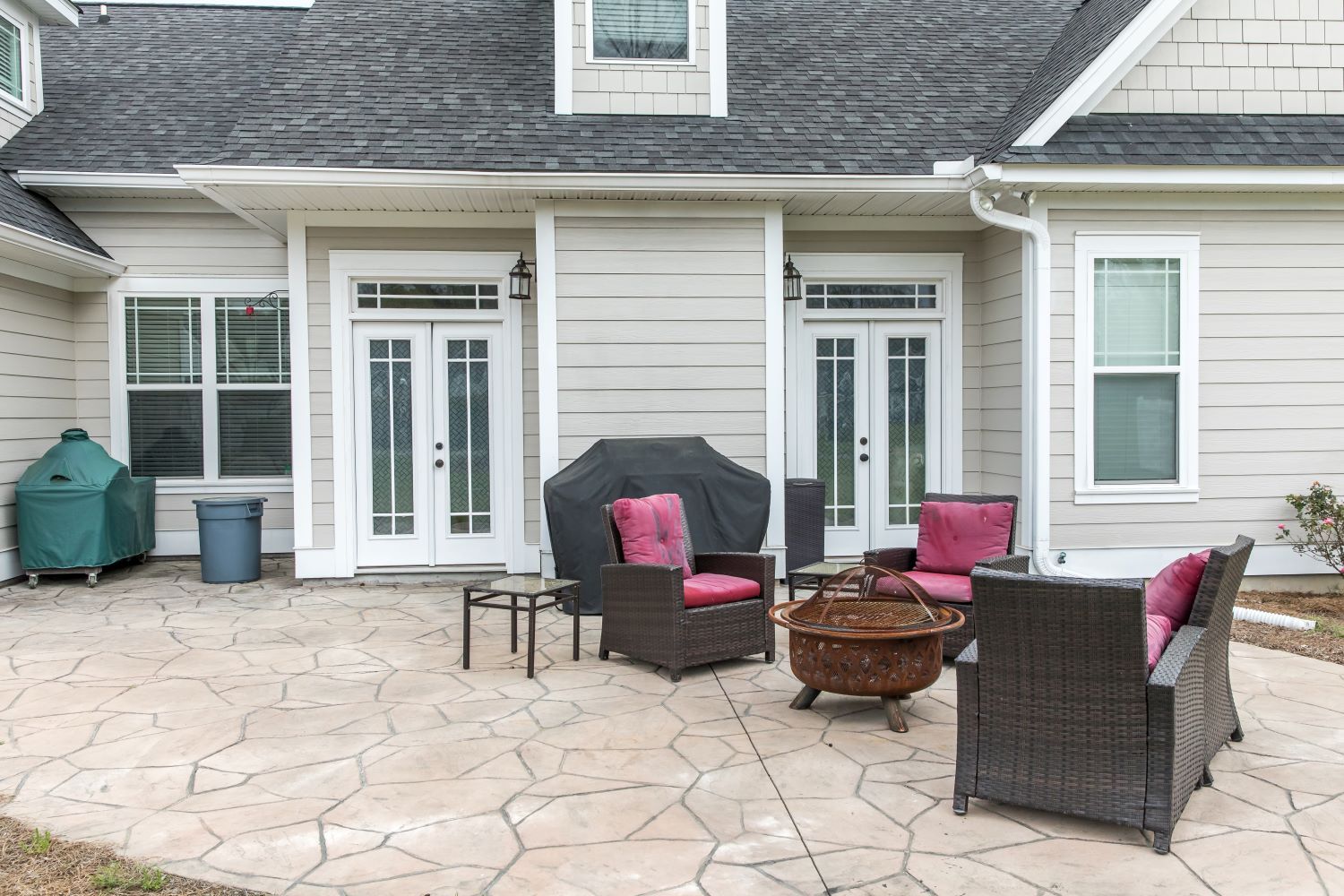
If you're planning to enhance your outdoor space with a gazebo, pergola, or a cozy seating area, a level concrete pad is the perfect foundation. In a climate like St. John’s, Newfoundland, where weather conditions can be unpredictable, a stable and durable base is essential to ensure long-term performance and safety.
At Concrete Contractor St. Johns, we specialize in building concrete pads that are not only functional but also long-lasting. Here’s a step-by-step guide to help you understand what goes into building a level concrete pad for your outdoor furniture or gazebo.
1. Choose the Right Location
Start by selecting a flat, well-drained area of your yard that can support the weight of a concrete pad and any structure or furniture placed on top. Consider:
- Sun exposure (especially for gazebos or seating areas)
- Accessibility to your home or garden
- Distance from trees or root systems that could cause shifting
2. Measure and Mark the Area
- Use stakes and string to outline the exact dimensions of the pad. Standard patio or gazebo pads are usually between 8x8 feet to 12x12 feet, but you can customize based on your space and structure.
- Make sure to measure diagonally from corner to corner to ensure the layout is square.
3. Excavate and Prepare the Ground
Dig down approximately 6 to 8 inches, depending on how thick your concrete pad will be. Remove all grass, roots, and loose soil. Then:
- Add 4 to 6 inches of compacted gravel as a base layer.
- Use a plate compactor to ensure the gravel is firm and level.
- Add a moisture barrier (landscape fabric or plastic sheeting) to prevent water from softening the ground.
4. Build the Forms
- Install wood forms around the perimeter using 2x4 boards or 2x6s, secured with stakes. The top edge of the form should represent the top of the finished pad.
- Use a level to ensure the form is even on all sides. Slight slope (about 1/8 inch per foot) is sometimes added for water runoff.
5. Reinforce with Steel Mesh or Rebar
To prevent cracking and provide structural strength, insert steel mesh or rebar within the forms. This reinforcement is especially important in Newfoundland’s freeze-thaw cycles, which can stress unreinforced concrete over time.
6. Mix and Pour the Concrete
Order ready-mix concrete from a local supplier or mix it yourself, depending on the pad size. Pour the concrete evenly across the form:
- Use a shovel and rake to spread it out.
- Strike off excess with a screed board, working it back and forth across the top edges of the form.
- Tap the sides of the form to remove air pockets.
7. Level and Finish the Surface
Use a bull float to smooth the surface and push down the aggregate. Once the water sheen disappears:
- Use an edger to round the edges.
- Apply a broom finish or trowel finish, depending on the texture you prefer.
8. Allow for Proper Curing
- Curing is critical for concrete strength and durability. Cover the pad with plastic sheeting or curing blankets and keep it moist for 5–7 days.
- Avoid heavy use or placing structures on the pad for at least 7 days, with full curing typically complete after 28 days.
Why Hire a Professional in St. John’s?
Building a level concrete pad in Newfoundland’s climate comes with unique challenges:
- Frost heave risks
- Drainage issues in hilly or clay-heavy areas
- Weather fluctuations that affect curing
That’s why hiring Concrete Contractor St. Johns ensures your project is done right the first time. We handle everything from excavation to finishing and offer local expertise you can trust.
Ready to Upgrade Your Outdoor Living Space?
Whether you’re installing a gazebo, fire pit area, or dining setup, a level concrete pad provides a stable, attractive, and weather-resistant base.
Contact Concrete Contractor St. Johns today for a free estimate and let us help you transform your outdoor area with precision and quality.
